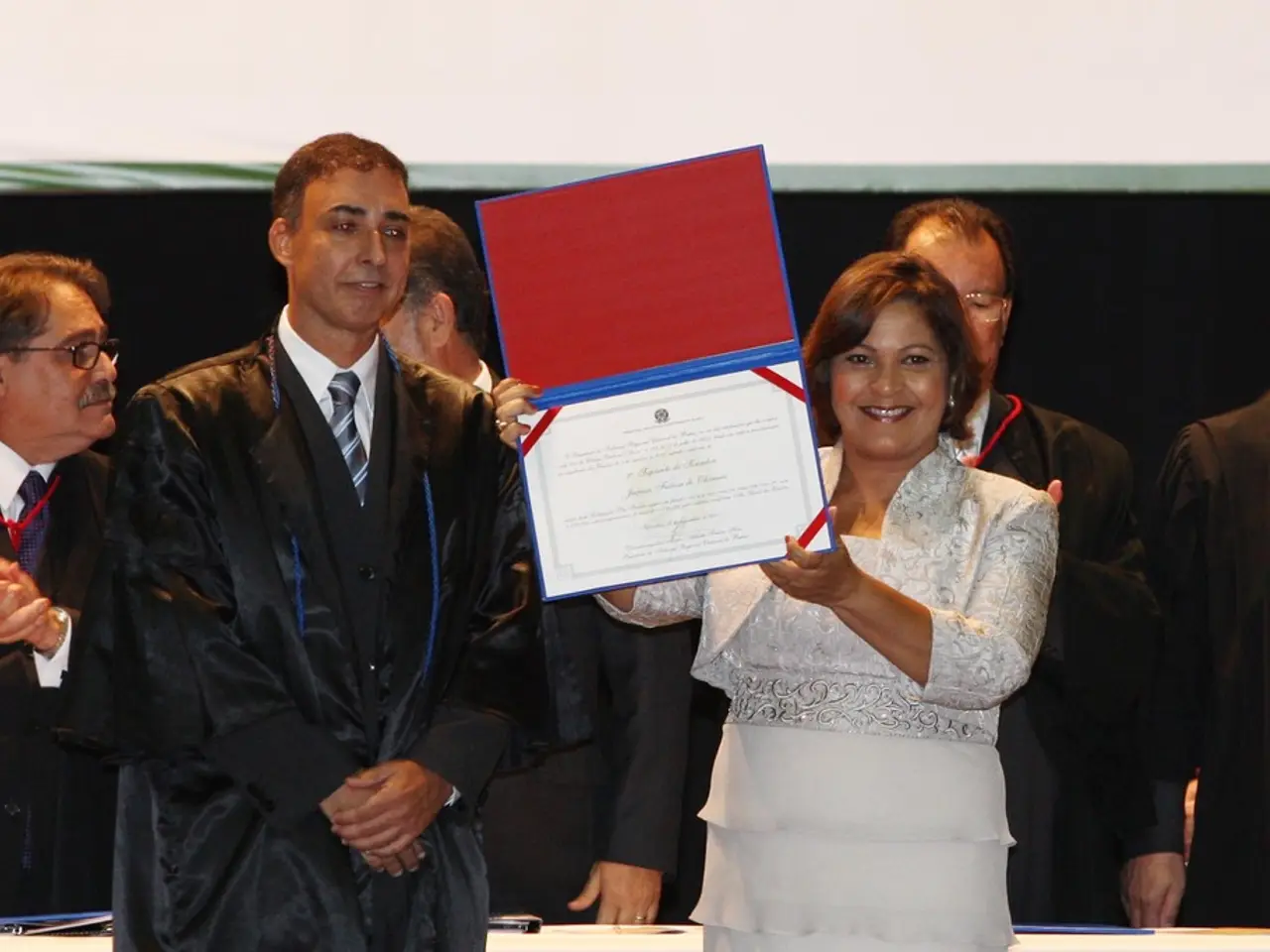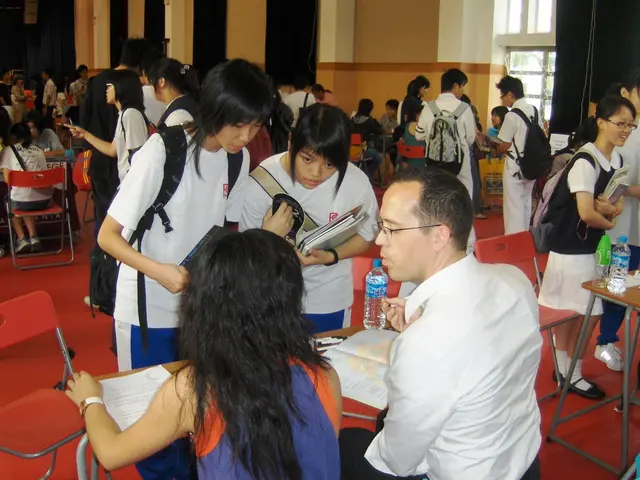International Education Sector Faces 25% Higher Turnover Amid Staffing, Compensation Crises
The international education sector is grappling with a significant turnover issue, with professionals leaving at a rate 25% higher than the broader higher education sector. This exodus is being driven by various factors, including increased workloads, inadequate staffing, and compensation gaps.
The pressure on European institutions like the EU Council and the European Parliament has intensified due to expanding visa regulations and rising student expectations. To tackle misuse and security concerns, they've implemented measures such as extending suspension periods and setting clearer criteria for visa-free travel suspensions in the Schengen Area.
The sector is also facing operational challenges. A fifth of institutions still lack dedicated technology to manage compliance requirements, further burdening staff. The staffing crisis is exacerbated by high student-to-staff ratios at public universities in the US, with some exceeding 700:1. This leads to institutions asking fewer staff to manage larger, more complex portfolios with insufficient compensation or tools, creating unsustainable burdens.
Compensation gaps are particularly pronounced at the entry level, creating barriers to retention. To address this, institutions need to invest in competitive compensation, professional growth opportunities, and technology. Reframing international education functions as central to global engagement strategies is also crucial for proper recognition and resource allocation.
The international education sector's future depends on addressing these pressing issues. Institutions must prioritize strategic imperatives such as staffing, compensation, and operational support to retain talent and compete effectively for international students. By doing so, they can ensure the sector's sustainability and continued global engagement.




